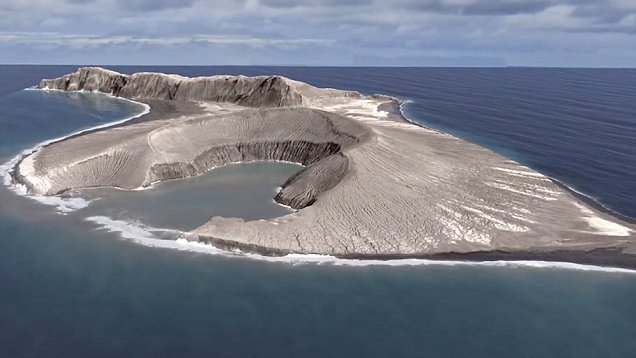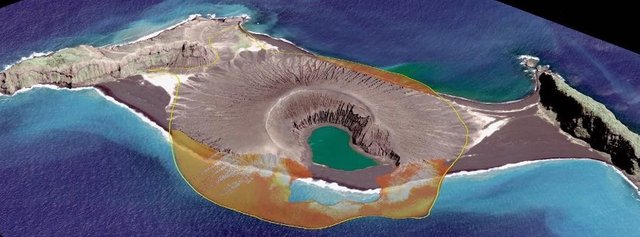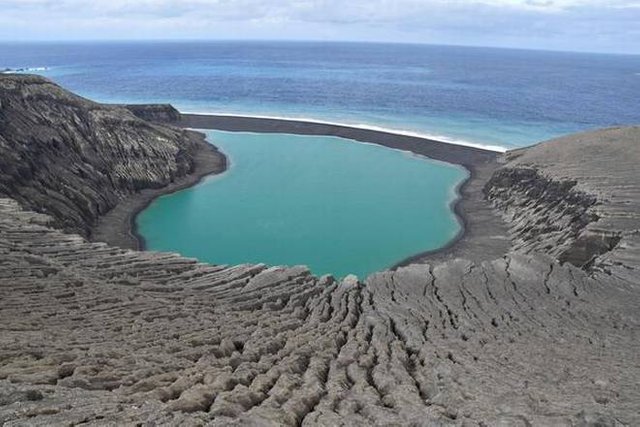
La isla está situada en el Pacífico Sur, cerca de Tonga, y extraoficialmente se llama Hunga Tonga-Hunga Ha’apai (Hunga Tonga). Surgió después de que una erupción volcánica a fines de diciembre de 2014 conectara dos islas más antiguas. La NASA dice que es la primera isla de este tipo que se haya formado desde que los satélites comenzaron a tomar imágenes de la Tierra consistentemente.
Los científicos inicialmente predijeron que solo duraría unos pocos meses. Pero un estudio de la NASA publicado en 2017 descubrió que la isla sobrevivió “contra todos los pronósticos” y podría durar de seis a 30 años.

Los científicos han mapeado a Hunga Tonga desde su formación utilizando imágenes aéreas y satelitales, pero no fue hasta que un equipo viajó a la isla en octubre que los investigadores se dieron cuenta de su vegetación única

The island is located in the South Pacific, near Tonga, and is unofficially called Hunga Tonga-Hunga Ha'apai (Hunga Tonga). It emerged after a volcanic eruption at the end of December 2014 connected two older islands. NASA says it is the first island of its kind that has been formed since satellites began to consistently take images of Earth.
The scientists initially predicted that it would only last a few months. But a NASA study published in 2017 found that the island survived "against all odds" and could last from six to 30 years.
Scientists have mapped Hunga Tonga since its formation using aerial and satellite imagery, but it was not until a team traveled to the island in October that researchers realized its unique vegetation.
